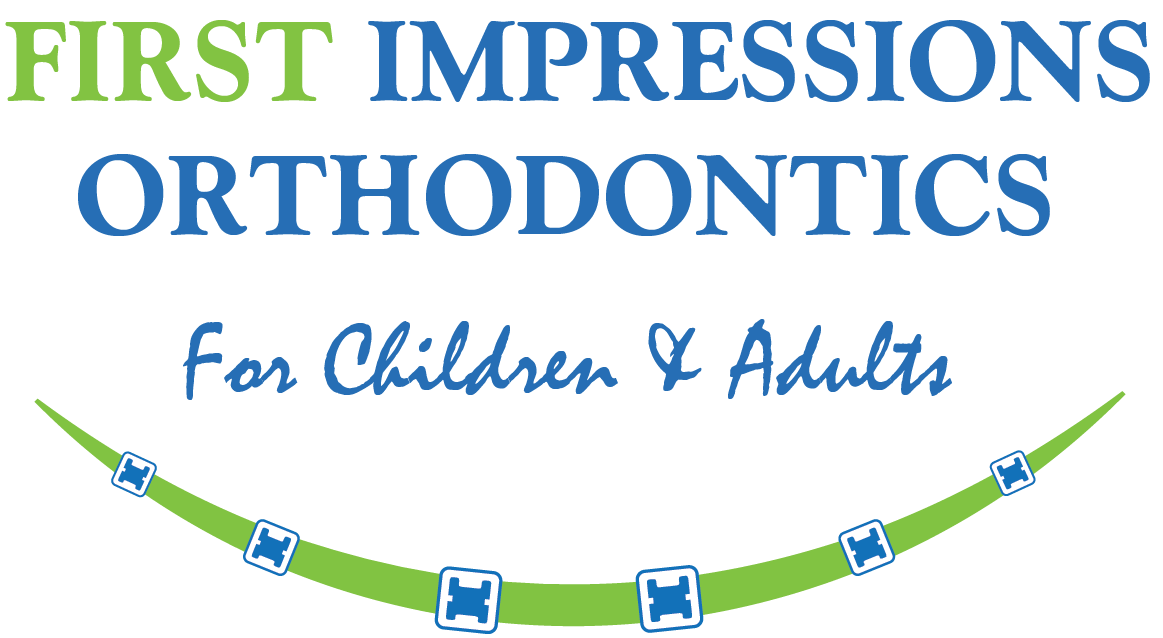Orthodontic treatment is performed to correct the alignment of your teeth. Treatment times vary from patient to patient, depending upon your specific situation. No matter if you are undergoing treatment with traditional braces, clear braces, or clear aligners, you may be looking forward to the day your orthodontic treatment comes to an end. Once treatment is over, you have a healthier, more beautiful smile. Once treatment is over, however, there is a risk that your teeth can shift back out of alignment. Following orthodontic treatment, we can help you to maintain the results with a retainer.
What is a Retainer?
After the completion of your orthodontic treatment, you are left with a beautiful, healthy new smile. However, without proper care, your teeth can begin to shift back out of alignment, completely undoing the work that your braces or clear aligners just achieved. After your orthodontic treatment is complete, a retainer is essential for maintaining the results.
A retainer is a removable device that is worn over your teeth to help keep them in proper alignment after the active phase of your treatment is over. There are a few different types of removable retainers. Traditionally, they have consisted of a base and a metal wire that surrounds your teeth. Today, retainers can also be made to look similar to clear aligners. Retainers, however, are made from a different, longer-lasting material. Your retainer is made from an impression of your mouth, which allows us to create a retention device that will provide you with the best results.
After your orthodontic treatment, we will recommend the amount of time you should wear your retainer. In many cases, retainers are worn all day and night in the beginning. After a specified amount of time, you will only need to wear your retainer at night. Wearing your retainer as recommended is essential for ensuring the results of your orthodontic treatment.
How Do I Take Care of My Retainer?
Taking care of your retainer is important for both its effectiveness as well as your oral health. Just like your teeth, your retainer can collect plaque and bacteria, which can contribute to issues like cavities and gum disease. Brush your retainer with a soft-bristled toothbrush and a mild soap. You can also use denture cleaner instead. Do not use toothpaste to clean your retainer, as it can cause microscopic scratches on the base that can then collect plaque and bacteria. Do not wash it in the dishwasher.
When you are not wearing your retainer, store it in a hard, protective case. The case should have vent holes to promote airflow. This will help to prevent bacterial growth. Keep your retainer out of reach of young children and curious pets. Avoid leaving your retainer exposed to direct sunlight or high heat.
What About Fixed Retainers?
A fixed retainer is one that is bonded into place on the backs of your teeth. Brackets are bonded to the backs of your teeth with dental cement with a metal wire between them. This type of retainer is sometimes recommended to promote stronger retention. Generally, it is meant to remain permanently in place. You may be recommended a fixed retainer if you suffer from bruxism, you had gaps between your teeth, or you play a reed instrument. Like your removable retainers, it is important that you take care of your fixed retainer, cleaning around the brackets and under the wire carefully to maintain your oral health.
While orthodontic treatment is effective for correcting the alignment of your teeth, it is still possible that your teeth can shift back out of alignment once your treatment is complete. A retainer helps you to maintain the results of your treatment, and your beautiful new smile. For more information, call First Impressions Orthodontics for Children & Adults today at (203) 292-9595.
